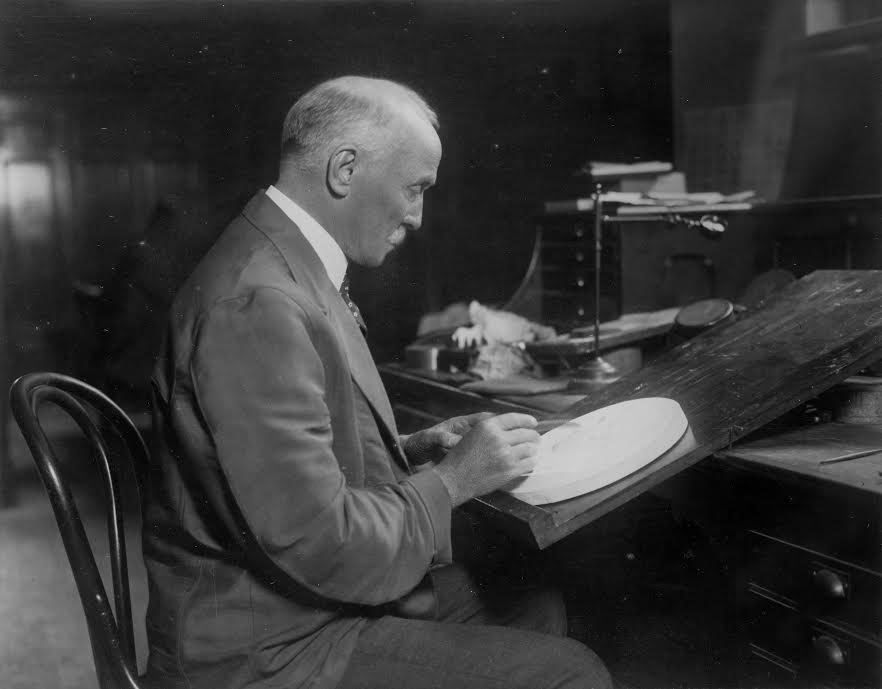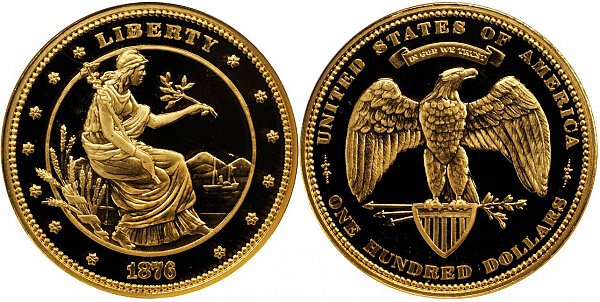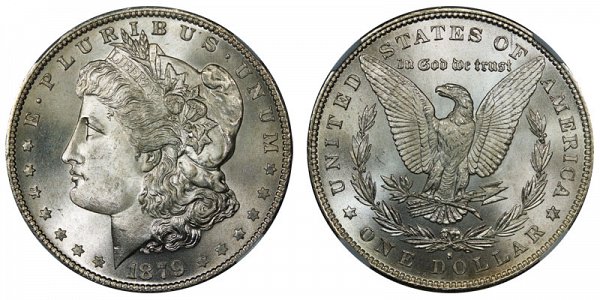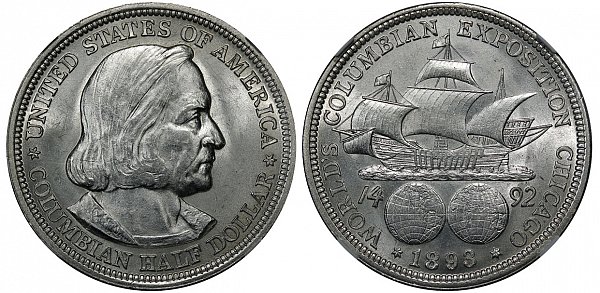George T. Morgan
US Coin Chief Engraver and Designer
George T. Morgan is famously known as the seventh Chief Engraver at the US Mint. Morgan was born on November 24, 1845 in Birmingham England. While growing up, he was taught at the Birmingham School of Art and learned the art of modeling and sculpting. His talents were so impressive that he was awarded a scholarship to attend the South Kensington Art School. After graduation, George worked at the British Royal Mint working as an assistant there under the supervision of Messrs. J.S. & A.B. Wyon, both of which had started a dynasty of engravers, which lasted generations at the Tower Mint. With excellent teachers, George Morgan became exceptionally talented in the art of engraving and designing coins.
Meanwhile, in 1876, the United States was experiencing a major silver rush along with a boom in mining. The result was that the supply of silver increased and therefore the value of silver coins decreased. In addition, many believed that the US could expand its money supply by issuing more silver dollars since the great supply was available. In turn, this would help solve the economic problems going on at the time. So the US Mint, led by Director Henry. R. Linderman, decided to begin new designs of patterns for the silver dollar. Linderman realized that many of the new designs were too similar to old ones and so he began looking for new blood, a new designer who could come up with an original design.
Mint director Linderman contacted C.W. Freemantle in London, who was the Deputy Master for the Royal Mint. He asked Freemantle for help in finding a talented and skilled assistant for the US Mint. So Freemantle recommended George T. Morgan for the job and Linderman was impressed with Morgan's work. In the end, Morgan was offered a job as Special Engraver at the US Mint. That very same year, at the age of 31, Morgan moved to the United States to work at the Mint as an assistant starting in October of 1876.
Morgan began his career during the tenure of William Barber who was the fifth Chief Engraver and father of Charles E. Barber. Some of Morgan's first works included designs for a proposed $100 gold union coin in 1876. Morgan created a beautiful pattern for the coin, but it was ultimately rejected. It featured a seated liberty on the obverse and an eagle perched on a union shield, 3 arrows and olive branch with the words "ONE HUNDRED DOLLARS" below on the reverse The US Mint never officially created a 100 dollar coin other than the modern platinum eagles starting in 1997. A short time later, he created the designs for various important varieties of silver half dollars in 1877 as well.
His most famous design was produced a year later in 1878 for a silver dollar known as the Morgan Dollar, which is named after him. Charles Barber competed for a design of his dollar coin, but it was not his best work and Morgan won the design. The complaints for Charles were the liberty on his coin looked fat with health issues. The only complaint Morgan got was that the liberty looked slightly obese. The eagle on the reverse was designed to look more realistic, and it did, but it also had a heraldic look to it. This coin was produced up until 1921.
When Morgan designed the liberty on his Morgan silver dollar, it was actually inspired by a real living woman named Anna Willess Williams, who was a local school teacher in Philadelphia. George believed Anna was the perfect profile for the coin and he was intrigued by her. US President Hayes was one of the first people who receive the new coins as he was the one who authorized their production due to the silver boom. The new Morgan Dollar didn't stir up too much interest in the north, although it was very popular in the South. This was a time shortly after the slaves were free and these large silver coins were popular among freed black slaves because they wanted hard, solid and secure silver coin money instead of paper currency.
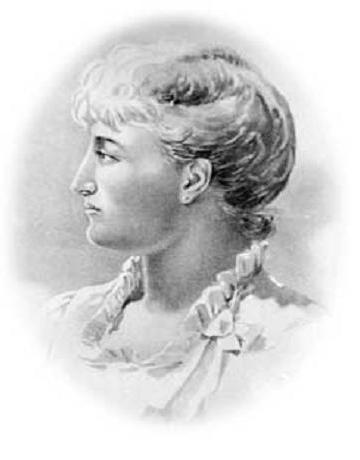
Portrait of Anna Williams, who was the inspiration of the liberty on the Morgan Dollar designed by George T. Morgan
In 1879, William Barber passed away and the US Mint needed a new Chief Engraver. Morgan attempted to become appointed to the position, but William's son Charles Barber ended up taking over the post. The New Orleans Mint was very well known and popular for minting Morgan Dollars down in the south as well. This mint started as all men working there, but after the Civil War, it became almost an all-women Mint. The women were responsible for manually measuring and weighing out silver for the minting of these coins.
George also minted the popular Schoolgirl Dollar coin in 1879. It was not an official US Mint coin, but it was a popular pattern coin with a similar style to the Morgan Dollar. A few years later in 1882, he engraved another very popular pattern coin called the Shield Earring Dollar. Again, it had the same look at the official Morgan dollar with the reeded rims, liberty along with the stars and letters along the rims. The only difference is the liberty is wearing earrings in the shape of the heraldic shield.
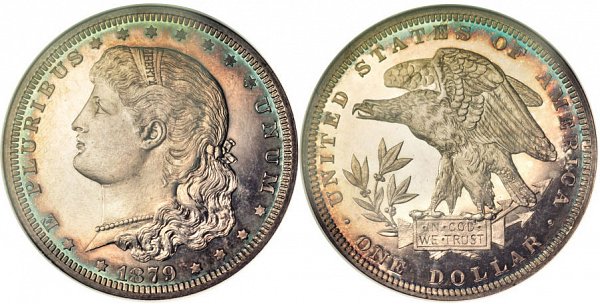
Design of the 1879 Schoolgirl Dollar Pattern by George T. Morgan
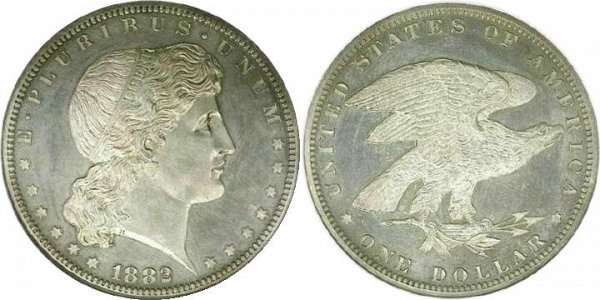
Design of the 1882 Shield Earring Dollar Patter by George T. Morgan
Charles Barber and George Morgan both worked together on a very famous coin called the Columbian Exposition Half Dollar. It was designed and produced between 1892 and 1893 as the very first official US Commemorative Coins. The coin commemorated the quadricentennial or 400th anniversary of the voyage of Christopher Columbus to the New World. The coin was also produced to help raise funds for the 1893 World's Columbian Exposition in Chicago. Barber designed the obverse with the bust of Christopher Columbus while Morgan designed the reverse of the coin, which depicted the Santa Maria ship that Columbus sailed on.
George continued to work at the mint as an assistant under Charles Barber, who at the time was being criticized for lack of talent. Many felt that Morgan proved his skills and should have became the Chief Engraver instead. Although Morgan stuck with the mint and finally became Chief Engraver in 1917 when Charles Barber passed away. Morgan was 72 years old when he finally took the post. Many criticized that his best days were over and how Barber passed up many of Morgan's designs in favor of inferior designs.
Throughout Morgan's 48 year long career, he produced many commemorative coins on the side as well. Even in his later year, he was active and still producing engraved commemoration medals for US Presidents and even the secretaries of the US Treasury. Some of his models were even used for postage stamps. Morgan worked until he became ill and later passed away on January 4, 1925. John Sinnock eventually succeeded Morgan to become the next Chief Engraver.
